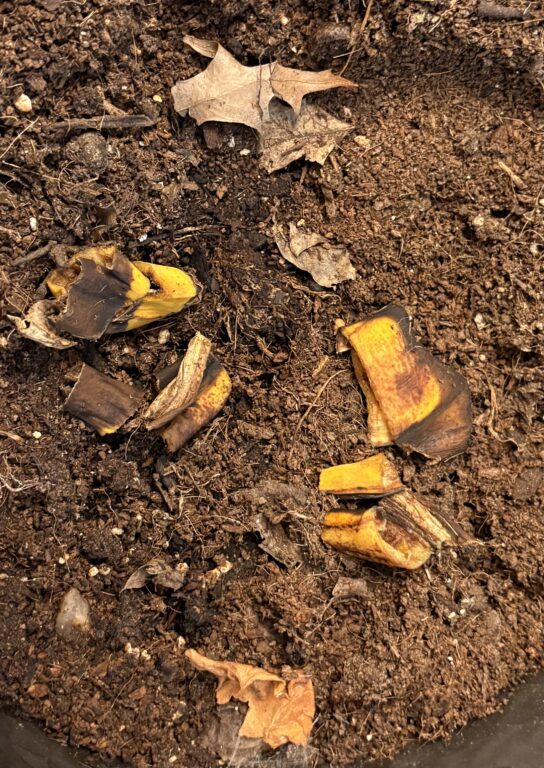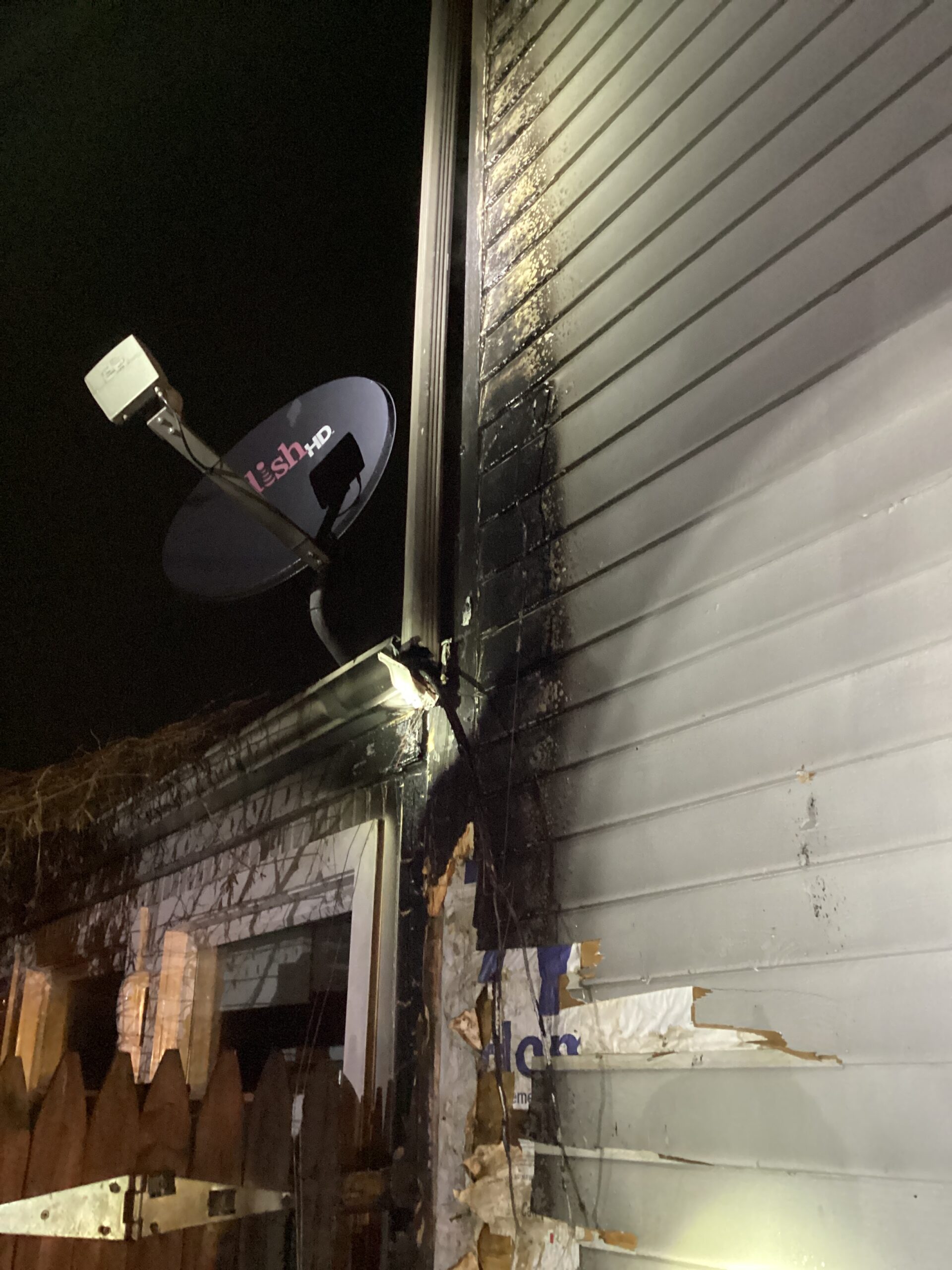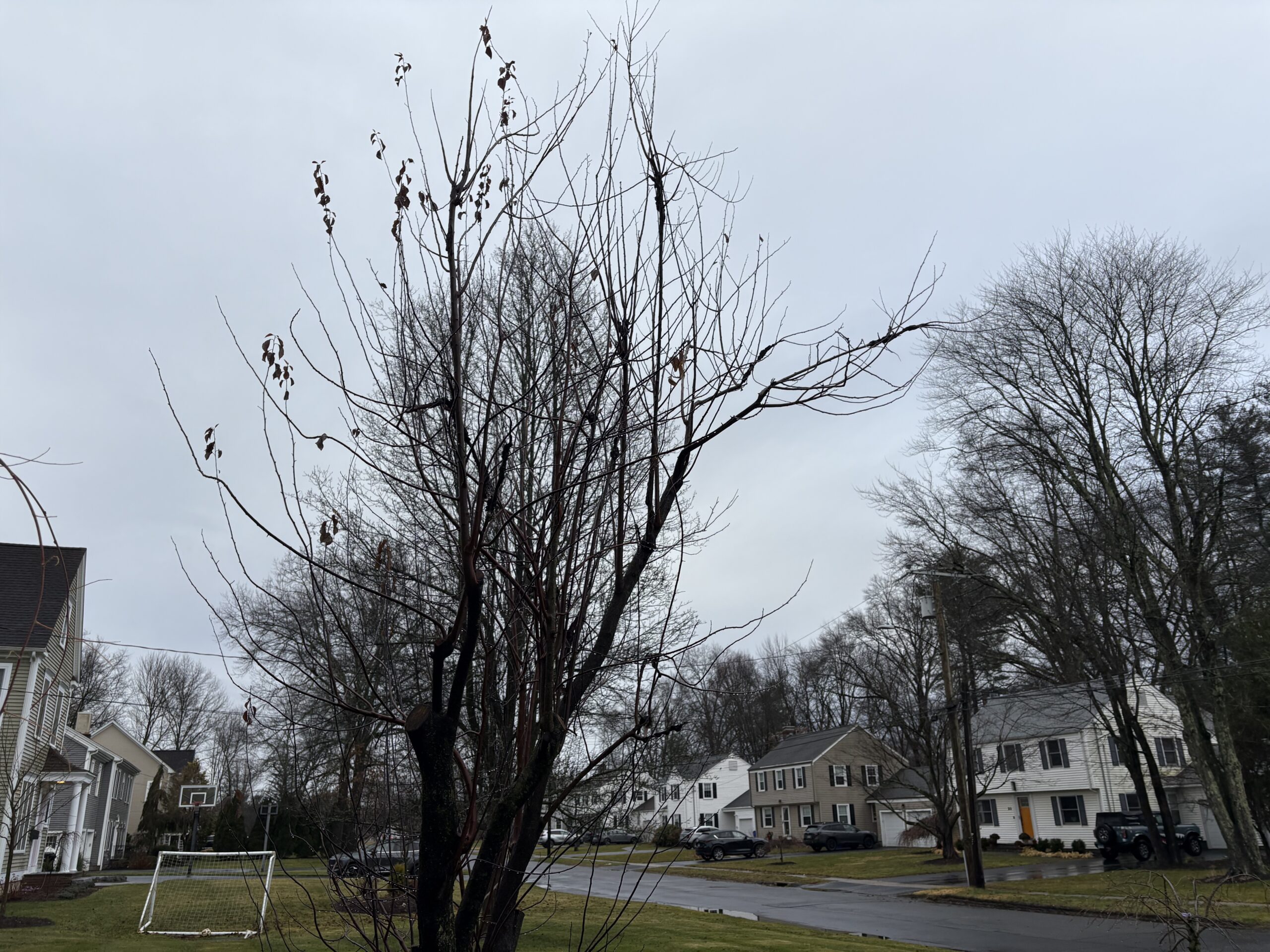Consumer Diary: Laundry Detergent, Bananas

Audio By Carbonatix

We’ve been using these Tide laundry detergent pods for years, unaware that they and many other detergents may be dangerous. Photo credit: Harlan Levy
Consumer columnist and West Hartford resident Harlan Levy has more than 20 years of experience writing stories about everyday experiences that anyone could encounter.

Harlan Levy. Courtesy photo
By Harlan Levy
Before I get to my disturbing main topic – toxic chemicals in detergent packets – here’s an indoor or outdoor gardening “hack” (unconventional method).
I eat a half banana every morning and when I’ve consumed both halves I toss the peel in our compost bucket. But I just discovered the following gardening hack: Banana peels can work wonders in your garden. Instead of throwing away the peels, bury them in your soil. Rich in potassium, calcium, and magnesium, banana peels make excellent natural fertilizer. They also repel pests like aphids and snails, keeping your plants safe.
To use, chop banana peels into small pieces and bury them near your plants. As they decompose, they enrich the soil with essential nutrients, making your plants healthier and greener.

nstead of throwing away banana peels, use them in your garden. Why? Read my column. Photo credit: Harlan Levy
Washing machine detergents
We’ve used Tide Free & Gentle washing machine pods for years. So I was surprised to learn from a new report that they and other washing machine detergents may contain toxic chemicals, according to Dr. Dale Ellis, a dermatologist in Florida, who sent me a report on this situation and what to do about it.
“Most laundry detergent contains toxic chemicals I’m trying to avoid,” she wrote. “This includes 1,4 dioxane (the EPA says this likely causes cancer), ethoxylated alcohols, synthetic dyes, optical brighteners, SLS (sodium lauryl sulfate) and SLES, parabens, phosphates, sulfates, and more. Your laundry detergent gets absorbed into your body through your skin (your largest organ) so it’s important to know what’s in your laundry detergent.”
“Turns out tons of brands contain Alcohol Ethoxylates (known digestive system irritant) and 1,4-Dioxane (a human carcinogen found in most detergents),” Ellis said “and 1,4-Dioxane doesn’t even have to be listed on the label.”
Our Tide container lists the following ingredients: Water-soluble polyvinyl alcohol, surfactants, enzyme proteins, and color protectors. Surfactants can cause skin and eye irritation or more serious health issues, particularly with ingestion or prolonged exposure. The danger depends on the specific type of surfactant, its concentration, and the level of exposure. For example, cationic surfactants can cause more serious irritation, while certain anionic or nonionic surfactants may cause gastrointestinal upset if ingested. More complex surfactants, such as those used in some cleaning products, have been linked to respiratory problems, endocrine disruption, and other chronic health concerns.
Polyvinyl alcohol (PVA) itself is generally considered safe for human use when applied as directed, but products that contain it can pose risks due to other ingredients or improper handling. The main concerns are with the products, like laundry pods, that contain concentrated chemicals which can be harmful if ingested or exposed to skin and eyes. While PVA is safe, prolonged or repeated skin contact with PVA-based products like adhesives may cause irritation in sensitive individuals, and inhaling its dust or fumes can cause respiratory irritation.
Ellis listed her five best laundry detergents:
- CLEAN PEOPLE laundry detergent came in No. 1, “because its cleans well, uses plastic-free packaging, has no 1,4 dioxane, SLS/SLES, parabens, phosphates, sulfates, synthetic dyes, and no optical brighteners.” It is effective at cleaning and eliminating odors, she said. “We washed sweaty gym clothes and kids clothes with stains. All the clothes came out fresh and clean. In other words, it works.” Also it has plastic-free packaging. Clean People comes in Fragrance Free and Fresh & Clean Scent.
- Molly Suds was second. Molly Suds is made from simple, effective ingredients. While Clean People is a laundry sheet, Molly Suds is a laundry powder. You scoop the laundry powder into your washer before you’ve put your laundry in. “Our testing demonstrated that Molly Suds has good cleaning power and clean ingredients,” she said. Molly Suds comes in scented and unscented versions. “We’re a little mixed on the powder format,” Ellis said. “It’s easy to spill as you scoop from the bag into your washing machine. Not as good as the Clean People’s Sheet but a lot better than the liquid detergent format.” Molly Suds packaging is in plastic.
- Seventh Generation was third. Free & Clear is a fragrance-free formula. Seventh Generation did well at cleaning and removing odors, she said. Seventh Generation uses simple, effective ingredients and is hypoallergenic. “However,” she added. “Seventh Generation’s ingredients include ingredients that we don’t like: Free & Clear includes SLS, which can cause rashes and harm your skin. Additionally, the detergent includes preservatives (methylisothiazolinone and benzisothiazolinone) that are known to cause extreme allergic reactions in some people.” We loved the cleanliness. “But the 1,4 dioxane and plastic bottle dropped Seventh Generation to our No. 3 spot,” she concluded. The plastic laundry detergent bottles are made mostly from recycled plastic.
- ALL Free & Clear came in fourth place. Free & Clear contains C12-15 PARETH-9 (which leads to trace amounts of 1,4 dioxane), parabens, phosphates, and other synthetic ingredients like brighteners. ALL is heavy and uses a plastic jug. “So it’s not winning any points on environmental impact,” she said. The plastic can end up in the landfill and the weight means lots of CO2 emissions in transportation.” With liquid detergents, it’s often hard to dose the right amount which leads to waste and using more detergent than you need.
- Dirty Labs was fifth. “Great product!’ Ellis said. “I love their aluminum containers (aluminum is infinitely recyclable which makes it an environmentally friendly option) but it is too expensive to make it make sense.”
What to always do:
- Be aware of the ingredients in products as listed, especially those used in cleaning, to avoid surfactants linked to more severe health effects.
- Always use products with surfactants according to the instructions to minimize risk.
- Ventilate your space. Ensure good ventilation when using cleaning products to avoid inhaling their fumes.
Now you know.
NOTE: If you have a consumer problem, contact me at [email protected] (“Consumer” in subject line), and, with the power of the press, maybe I can help.
Like what you see here? Click here to subscribe to We-Ha’s newsletter so you’ll always be in the know about what’s happening in West Hartford! Click the blue button below to become a supporter of We-Ha.com and our efforts to continue producing quality journalism.




Very useful, gonna lead to some laundry changes, thanks!